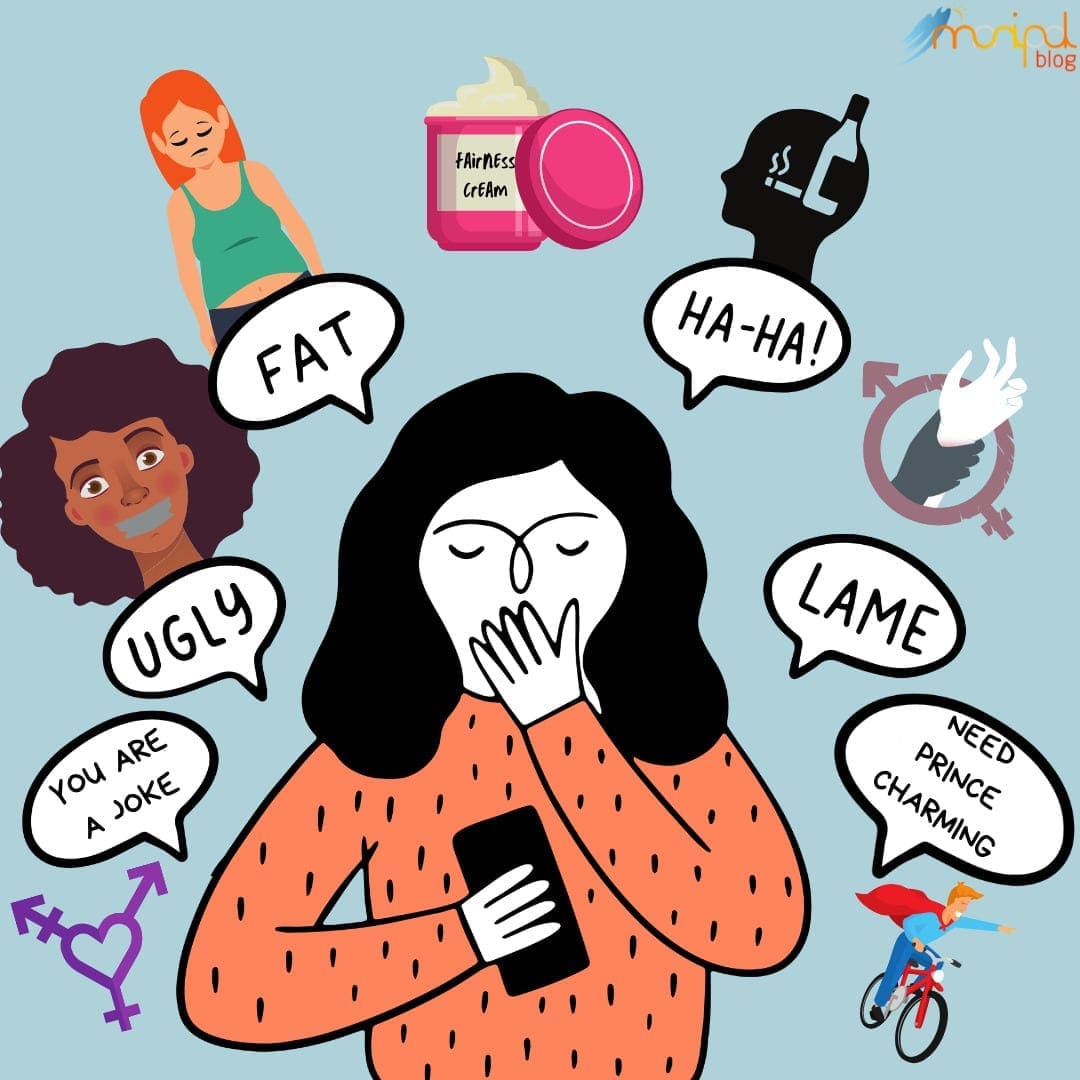
You may have frequently come across cinephiles who love to watch and have discourse about movies. Being immersed in the world of cinema is just like any other hobby, an essential part of their lives. Watching films can make your life either for the better or worse. Or it could have neutral to no effect at all.
But what if it’s causing more harm than good? Especially to impressionable youngsters who grow to idolize and imitate the characters as seen in Bollywood movies? Here’s a brief overview of how Bollywood has negatively impacted the younger generation.
Painted with the Darker Shades of Colorism
Bollywood has continually perpetuated the deep-rooted idea of favoring fair-skinned actors and actresses in lead roles over their dark-skinned counterparts. In several films, the main leads are usually of a lighter complexion. What’s even worse is many Bollywood film stars with their disturbing history of endorsing and promoting skin-lightening products.
Consequently, that has further nursed the entrenched prejudice against dusky-complexioned people, who are often looked down upon as undesirable and corrupt because of their skin tone. Fair-skinned people are considered attractive and supposedly have redeeming qualities about them.
The Prevailing Culture of Body Shaming
Numerous comedies (or masala films) have often made fun of characters who do not fit the description of what an average or, rather, a flawless body looks like. At the expense of dreadful jokes on body types (often rooted in sexism), the characters are victimized to the point of feeling ashamed. Such films normalize the terrible behavior of poorly written characters that resort to body shaming people for the sake of jests.
The audience is conditioned to believe that the perfect figures of actors/actresses are the ones they should be seeking to attain instead of focusing on their overall health and wellness.
Bollywood Objectifies and Reduces Women to ‘Item Numbers’
We are all aware of the contentious presence of item songs, which are musical numbers included in several films with no relevance to the plot whatsoever. These item numbers seek to increase the marketability of movies and are often featured in trailers. However, these songs are provocative and freely objectify women for the sake of achieving commercial success. This, in turn, normalizes society to perceive women as commodities and increases the macho attitude of entitlement over them, further contributing to slut-shaming and rape culture.
Normalizing Substance Usage as the Adolescents’ Addiction
Bollywood shows alcohol consumption as a style statement or as a means to overcome failure. Failures can involve losses in relationships and professional life or facing a crisis in personal life etc. Teenagers start to drink and smoke to appear ‘cool’ in their friend circles. In modern Bollywood cinema, no celebration is often complete without liquor.
The recreational use of substances may play a crucial role in cultivating hedonistic beliefs amongst youngsters. Worst case scenario is causing adolescents to become highly addicted to substances, resulting in rampant alcoholism and drug addiction.
Customs of Hero Worship and Obsessive Fanaticism
Male leads or ‘heroes’ in Bollywood films are shown as physically strong, always involved in fights against the enemy. This kind of masculinity has been looked up to by the actors’ fans, who go to any lengths to display their aggressive support and affection.
A famous example of this is the fandom surrounding Tamil cinema superstar Rajinikanth. Rajinikanth’s fans have built temples dedicated to him and immersed his larger-than-life figurines in milk, imitating the Hindu ritual of pouring milk over Shiva Lingam. A legion of young fans regard their favorite actors or idols as gods and commonly practice idol worship akin to Hindu traditions.
Glorifying the Portrayal of Excessive Violence
Numerous action blockbusters are packed with brawls and battles. The hero and his allies are up against the villain with his minions. We have become so accustomed to seeing the actors combat in films that we are desensitized to violence in real life. Observing guns and pistols going off, swords clashing, and a string of punches landing on men during fight scenes should not be encouraged, especially during an individual’s formative years.
Unfortunately, such scenes of violence are not unusual in mainstream films which are rated either U or U/A. Watching violence on screen does not necessarily imply that we may turn aggressive and violent, but it may escalate the chances of this happening so.
Poor Representation of Indian LGBTQ+ Community
Bollywood has long been associated with the weak depiction of homosexual and transgender individuals, which is often stereotypical and for comedic purposes. It has also been due to the stigma and taboo surrounding the LGBTQ+ community, who have strived hard for acceptance in the conservative Indian society.
Although there has been the inclusion of main leads portraying gay, transgender, and queer identities recently, it still yet to be determined whether these films have been positively received amongst the educated middle to upper-class youth. However, sadly homophobia and transphobia persist partly due to the picturization of LGBTQ+ in poor light.
This article sought to throw light on some of the ill effects of Bollywood films on young adults in India, who form a large portion of the entire population. We can only minimize the undesirable impact by raising questions and spreading awareness about the grim reality of Bollywood movies, and how they actively shape young minds who are prone to making bad decisions as a result of watching them.

Be the first to comment